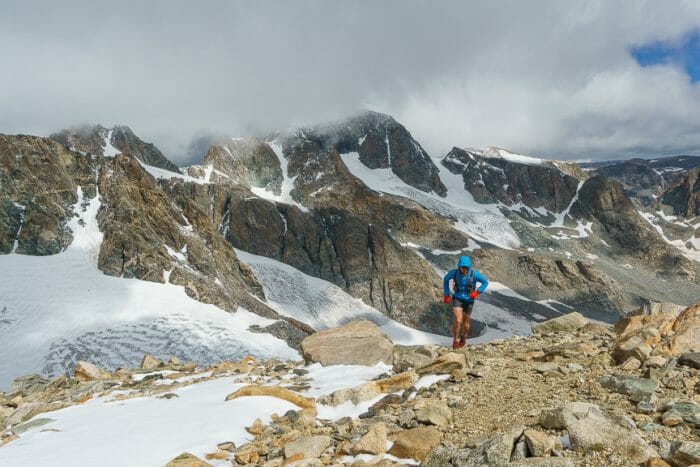Work hard? Rest hard! If your idea of post-workout recovery is flopping onto the couch with a beer and chips or a quick dash through the shower as you race off to work, you might want to reconsider your approach. Chances are you take the improvement of your performance in your chosen sport pretty seriously and want to maximize the gains from your training.
The Toll of Training
Training requires many hundreds and even thousands of repetitive movements. Lack of recovery, rather than too much training, is often the cause of poor or no adaptation.
If you are pushing your body’s capacity for work, training takes a toll—several tolls actually:
- It leaves your sympathetic nervous system (fight or flight) aroused, overpowering the parasympathetic nervous system (rest and digest). The result is that your muscles can’t fully relax.
- Adhesions, knots, and trigger points form in the heavily used myofascial system. The result is that these muscles can no longer fully stretch or contract, leading to impaired function.
The Benefits of SMM
A study by Dr. Mark Tarnolposky of McMaster University showed that as little as 10 minutes of deep tissue massage had a dramatic effect on enhancing recovery after training. Is it any wonder that professional cyclists have daily massage sessions? Fortunately, there is a great alternative for those us not on the pro tour: self-myofascial massage (SMM). However, using your own hands for self-massage has some serious drawbacks in terms of accessing different body parts and applying sufficient pressure to get deep. Tools like foam rollers and sticks have been around for years and offer a big advantage over your own hands. We’ve tried every type of tool for SMM and have come to rely on a couple of favorites.
Get on the Ball
I stumbled across the MobilityWOD ball by Rogue Fitness after Steve gave me a copy of Dr. Kelly Starrett’s book Ready to Run. Using this little self-torture device has become an integral part of my daily routine. I recommend this to all my athletes and loan mine for others to try. (I have no affiliation with Rogue; am just a fan.)
Lately a few of my athletes and I have been using the Therapy Balls sold by Tune Up Fitness along with a beautifully illustrated 400-page companion book The Roll Model by Jill Miller. The book goes into great depth on the various methods of using the balls, all of which are photographed and given detailed explanations of what they do and when best to use them.
The Rogue and Therapy Balls are small, so easy to travel with. You can even use them while sitting on an airplane!
For less than the cost of one good deep-tissue massage, you can be fully outfitted with a very helpful self-care and recovery tool.

Like deep tissue massage, rolling is often uncomfortable, especially when the targeted area is deeply afflicted. While you’ll feel relief after just a few minutes, don’t expect a quick fix; you should plan for routine maintenance. There is no formula for how often or how much to roll an area, but 5–20 minutes a day will make a big difference. If you’ve got a knot, then even a couple of minutes on that sport will help. A useful guide is to roll until you feel a change in the tissue and stop when you are no longer making a change. You should feel some warmth, a relief/release of tension, and decrease in pain after rolling. Do not roll on bruised tissue or injured areas.
Now go have a ball.

